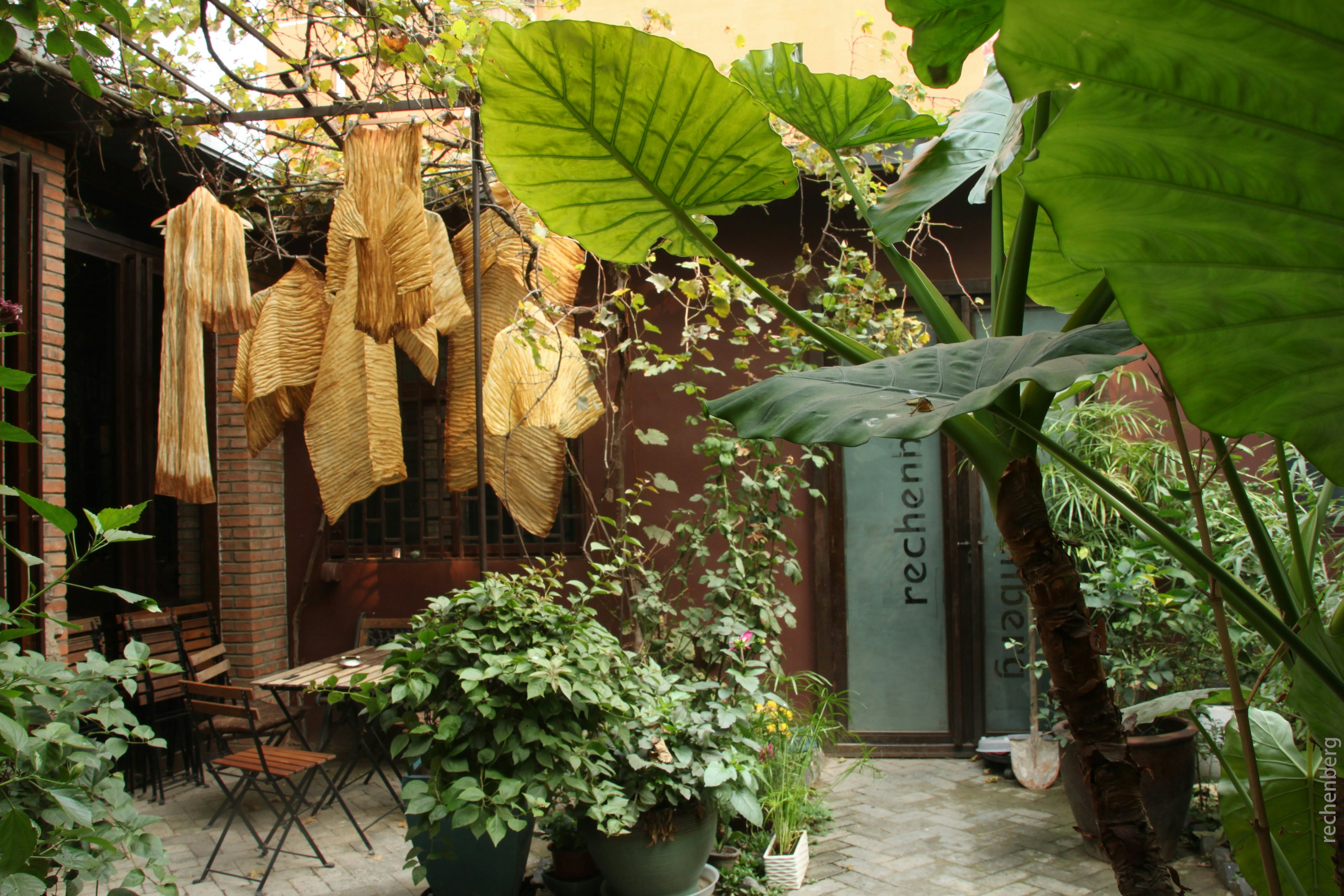Tucked away in a Beijing alleyway, the artsy studio and boutique of fashion designer Kathrin von Rechenberg stands out in a city filled with shiny new malls and mega-brand flagships. Her intricate, contemporary silk pieces in earthy colors are created using a fabric-dyeing technique which dates back to the Ming dynasty called xiangyunxia, or tea silk.
When she made the unlikely decision over a decade ago to leave the global fashion capital of Paris for Beijing after working with couture fashion houses including Dior, Christian Lacroix, and Chanel, she had her work cut out for her in convincing China’s newly wealthy consumers to take interest in the ancient fabric. Starting her label Rechenberg in 2004, the designer was attracting almost exclusively expats as China’s new rich were developing their love affair with brands like Louis Vuitton and Gucci.
“No Chinese was interested in the xiangyunxia,” she says. “The only Chinese clients I had at that time were from Hong Kong, from Taiwan, overseas Chinese.” The tea silk was regarded as too “old-looking” or too much like something their grandmother would wear, she says.
Over a decade later, it’s a different story—more than half of her customers are mainland Chinese as tastes are quickly evolving in China’s fashion market. “Recently, the Chinese consumers have been looking for this kind of stuff,” she says. “It’s really a complete change.”
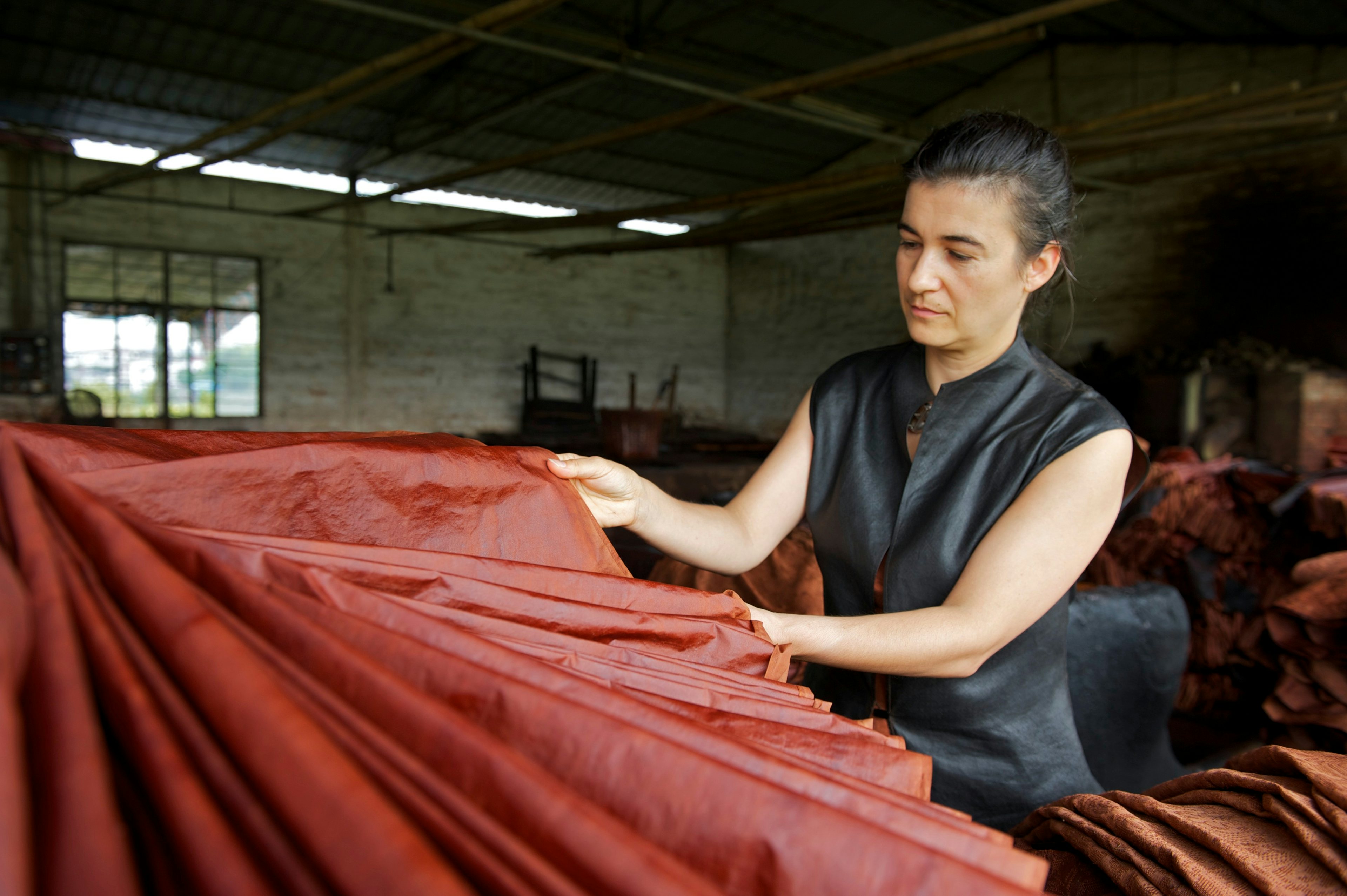
Not long ago, the concept of “luxury shopping” in China was synonymous with top European mega-brands and not much else. As the country’s economic growth attracted a flood of international labels, traditional Chinese designs and materials were overshadowed by all that was flashy, new, and foreign. But as the market matures, local styles, fabrics, and products are seeing both a renaissance and reinvention thanks to demand from a sophisticated clientele seeking out unique styles and craftsmanship.
These days, major international luxury companies and small boutiques alike are embracing materials and designs from China and neighboring regions in increasingly sophisticated and inventive ways. One of the biggest examples of this is the Hermès-backed fashion and lifestyle label Shang Xia, which uses China- and Asia-sourced materials to make handcrafted designs inspired by Chinese culture. Its designer Jiang Qiong Er is focused on reviving the idea of a “renaissance of Chinese fine living” with items such as Han dynasty-inspired clothing made from a traditional Mongolian style of cashmere felt-making, Jingdezhen porcelain, traditionally woven bamboo, and Ming dynasty-inspired zitan wood furniture.
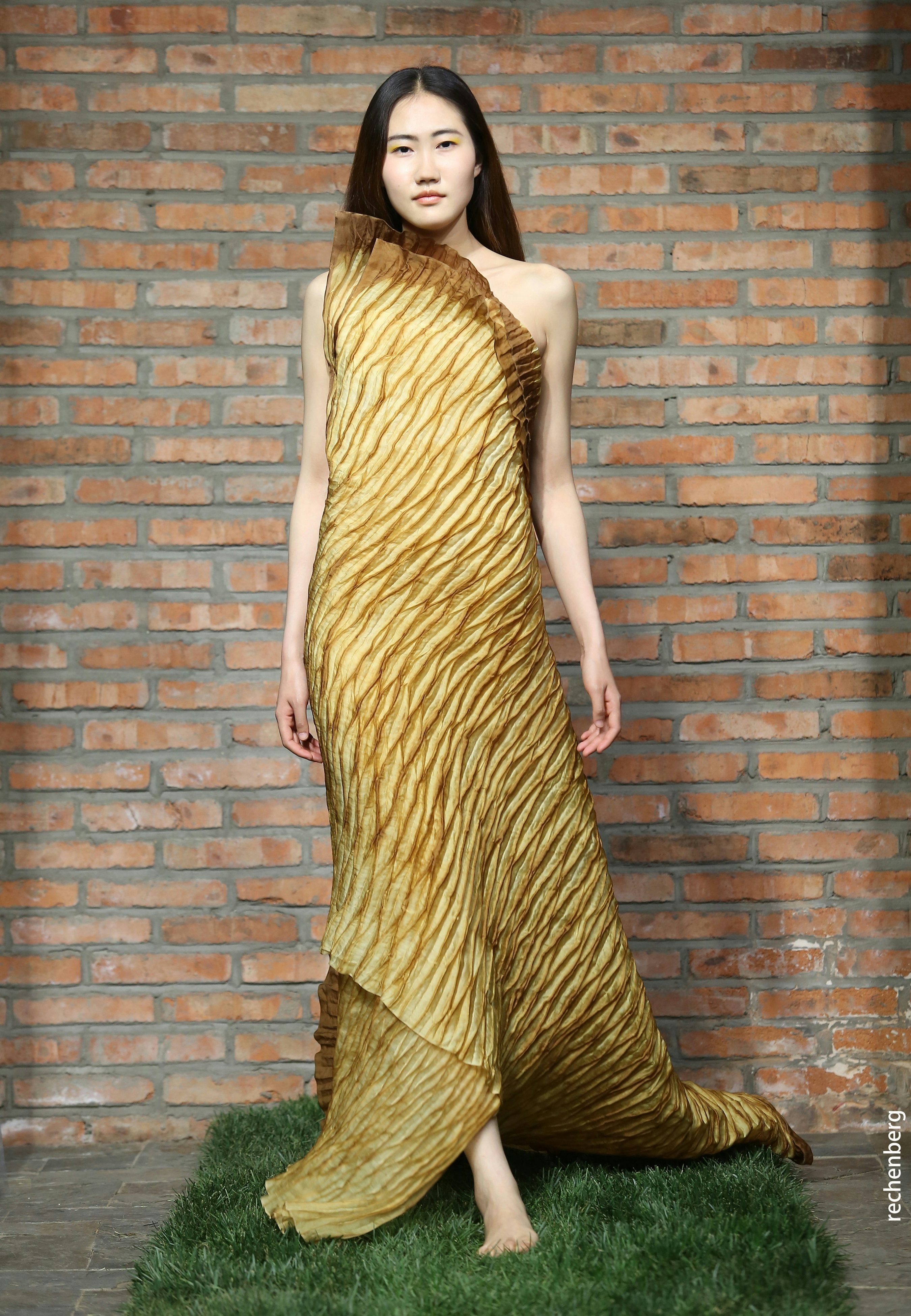
Meanwhile, LVMH has bet big on high-end Pu’er tea with its new Chinese beauty and lifestyle brand Cha Ling, which sells skincare products from forest-grown tea leaves harvested in China’s Yunnan province, as well as tea leaves for drinking, traditional clay teapots, and ceramics. The brand was started by Guerlain’s CEO after he went on a trek through the region in search of orchid varieties for skincare ingredients.
Cashmere harvested in Mongolia and China is also becoming particularly localized. For example, the $9.5 billion Chinese cashmere brands Erdos, which used to act as a supplier for Hermès, Burberry, and Loro Piana, no longer supplies these brands and has now shifted its focus to its own China stores, launching a luxury label called 1436 in 2014.
Yak wool from the Tibetan plateau is making its way into China’s fashion world as well. In addition to the tea silk items, von Rechenberg also produces yak wool clothing with fabric sourced from Norlha, a brand created by a French-Tibetan husband-and-wife team that employs nomads in the western province of Gansu to produce scarves, clothing, and other textiles out of the material. Originally focused almost exclusively on Europe and the United States and popular with celebrities such as Tilda Swinton, Norlha now sees about half of its sales from China through e-commerce, local pop-ups shops, and its boutique and eco-tourism camp in Gansu.
Tea silk is especially challenging to work with, says von Rechenberg. The labor and time that go into creating each piece make it an inherently niche operation—which is what is now making it even more appealing to Chinese luxury shoppers in search of something truly unique. “It’s not very useful if you want to use it in bigger quantities,” she says. The hand-dyeing process takes place in a traditional Pearl River Delta workshop—one of the last places using the technique. The silk is infused with natural dyes made from yam between 25-30 times and dried in the sun before the final step, when it is covered in river silt before dawn to create a reaction with the dye’s tannins. The mud is washed out, and the silk must be kept for a minimum of two years before it can be used to make clothing.
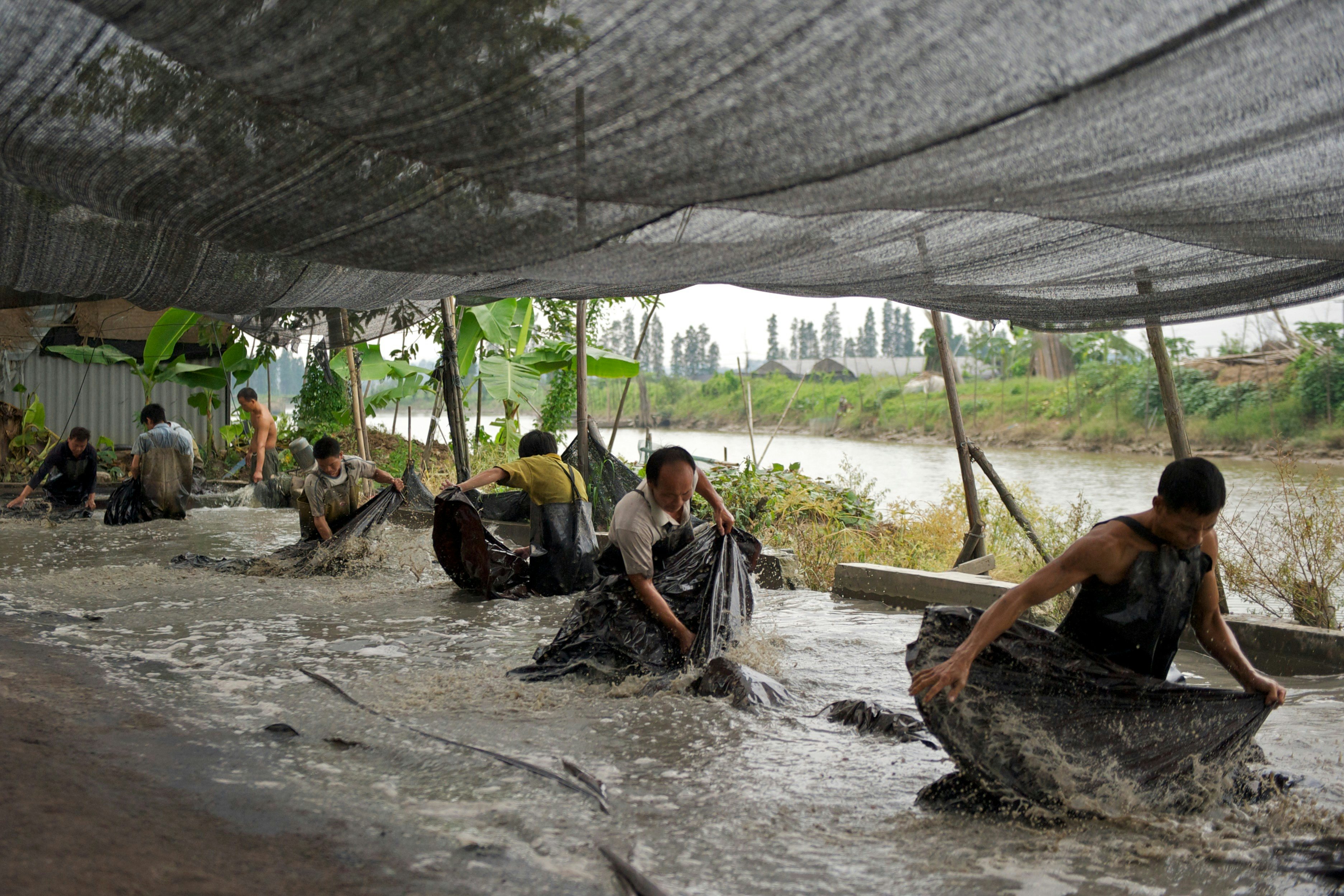
As a perfectionist, von Rechenberg opts to store the fabric for five or six years after dyeing. Working with the silk once it’s ready is also painstaking: fabric can’t be cut through the middle, and stitching requires absolute perfection the first time—“if you make a mistake and rip it off, there will be stitch marks.”
The interest in natural, locally produced fabrics and styles is occurring after a long period of dormancy. For example, the practice of dyeing tea silk was on the verge of extinction by the time von Rechenberg arrived in the city. “The first tea silk that I bought was in a very old shop at Qianmen,” in Beijing, she says, explaining that she purchased vintage fabric woven in the 1960’s and dyed in the 80’s because production of new tea silk had stopped.
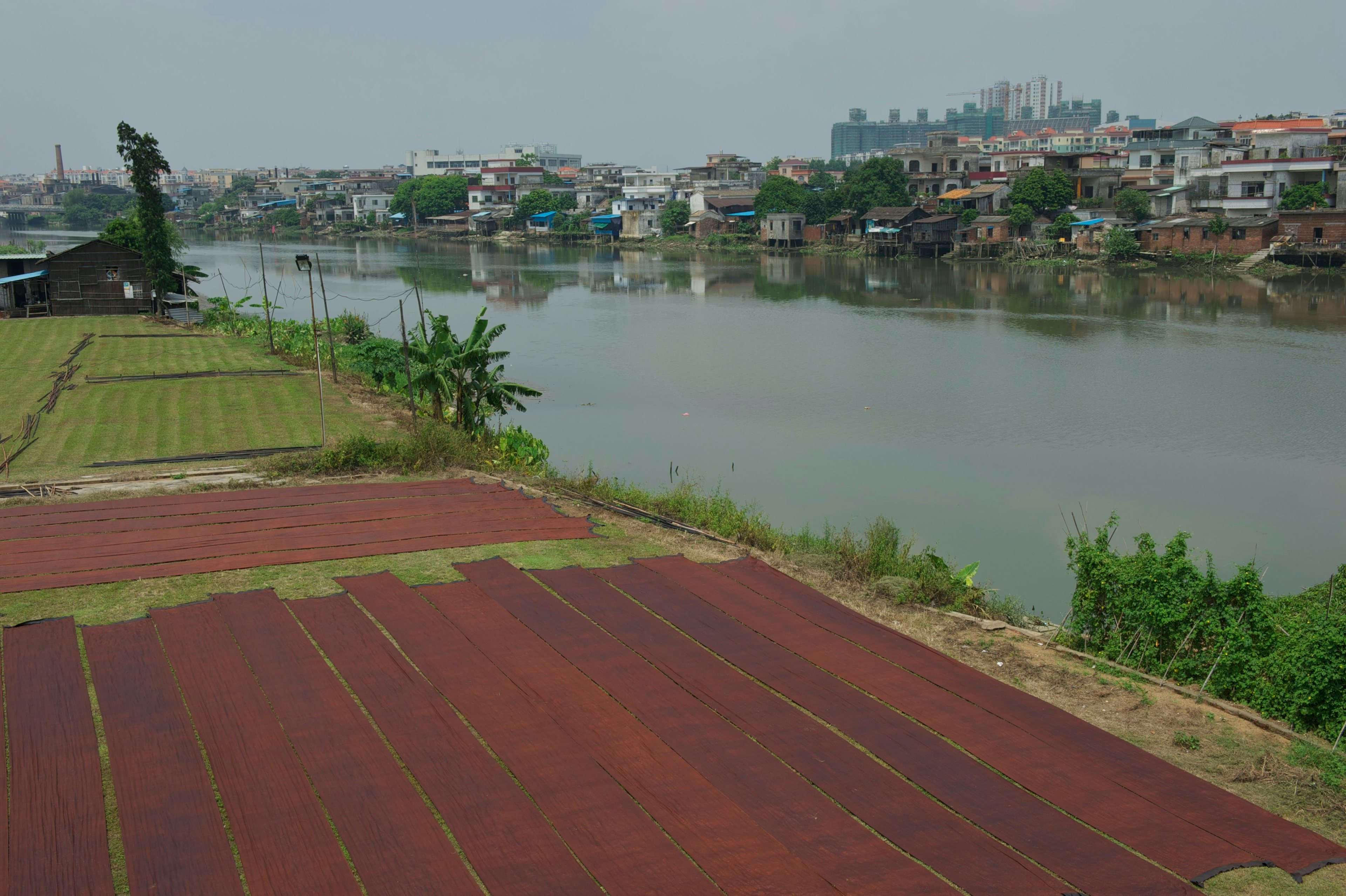
But the concept of “vintage” fashion simply meant something used and cast away to newly wealthy Chinese consumers. Meanwhile, the bespoke tailoring offered by her shop was also considered an unwanted relic of the past. “Going to a tailor was nothing special for them, because as a kid, they had no choice. If they wanted new clothes, they went to the tailor.” She says that going “to the shopping mall was much “more interesting than going to a tailor.”
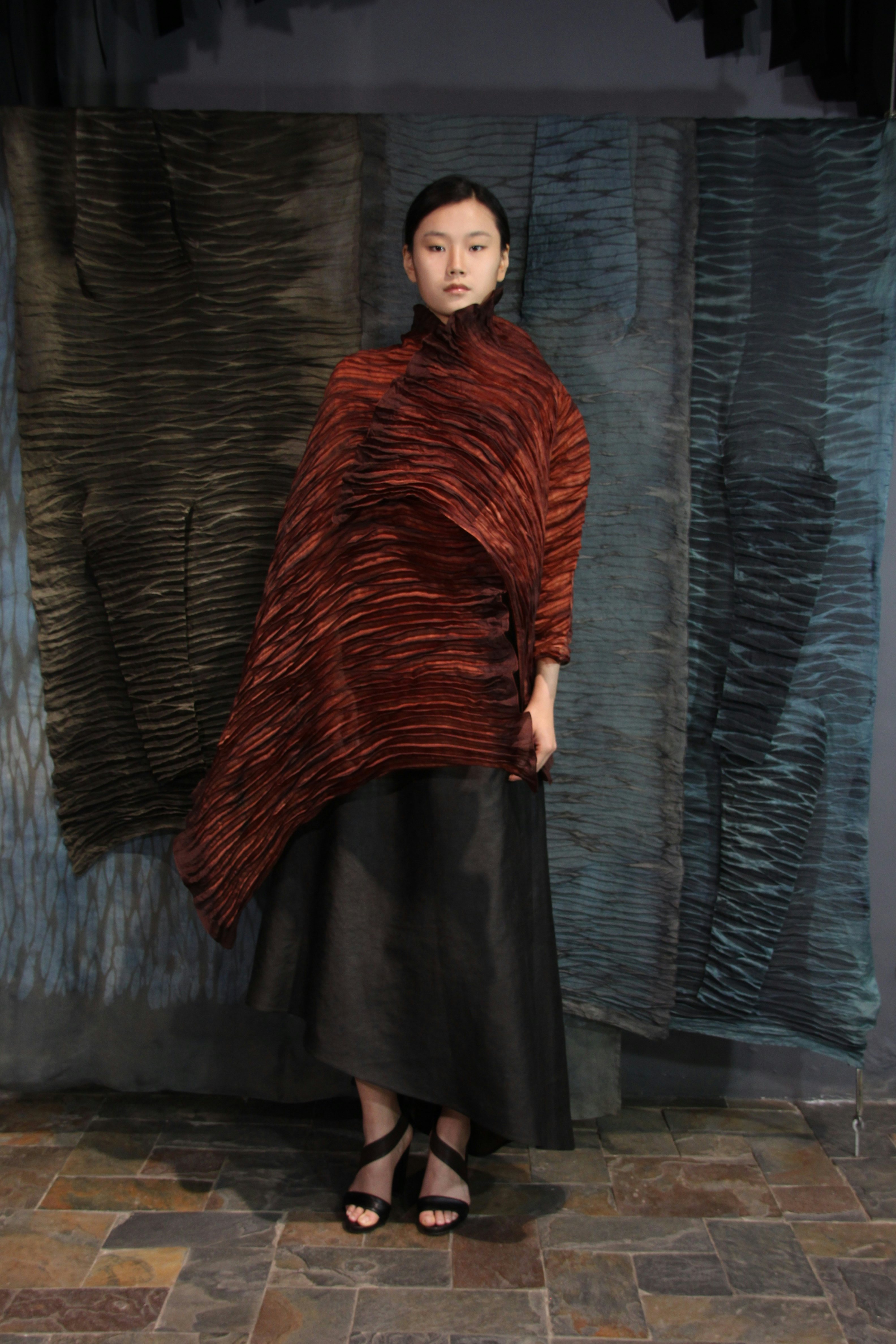
When asked why there has been such a rapid change in such a short time span, she says, “Our clients, most of them have gone through the stage of buying the name brands. They don’t want that anymore. They all complain that the quality of the international luxury brands is going down.” She notes that her mainland Chinese customers are mainly professional women and entrepreneurs with not only money to spend, but also a strong sense of what they want and desire to stand out from their peers.
Business is growing as she relies mainly on word-of-mouth and small fashion shows for VIP clients for promotion. When asked what she thinks Chinese clients want out of a small fashion brand, she says there’s more demand nowadays for fashion that’s “more individual, more unique—something made with heart. I think that’s what’s missing in today’s world.”
According to her, the era in which local, natural materials and traditional craftsmanship were tossed aside is now a thing of the past itself. “I think our time has come now.”
